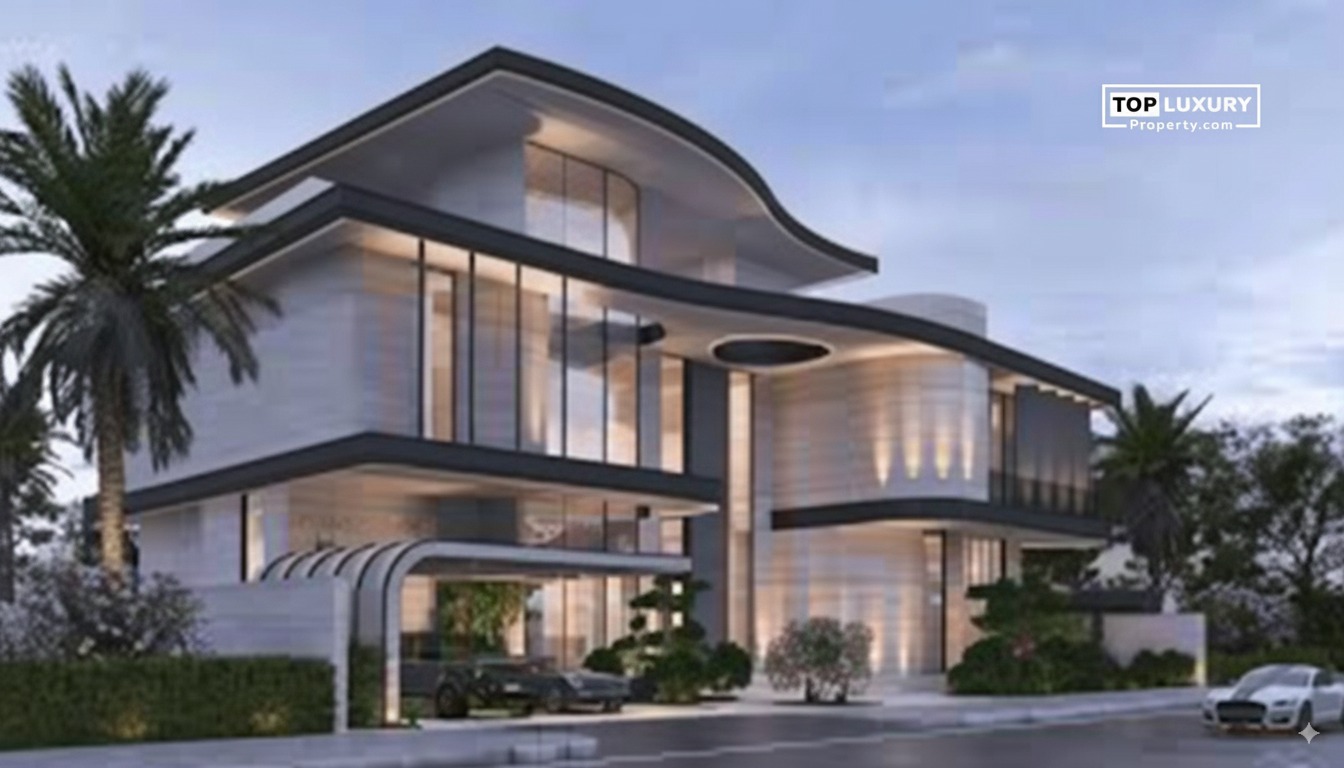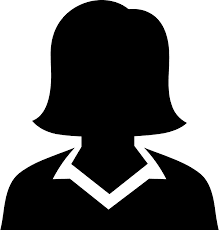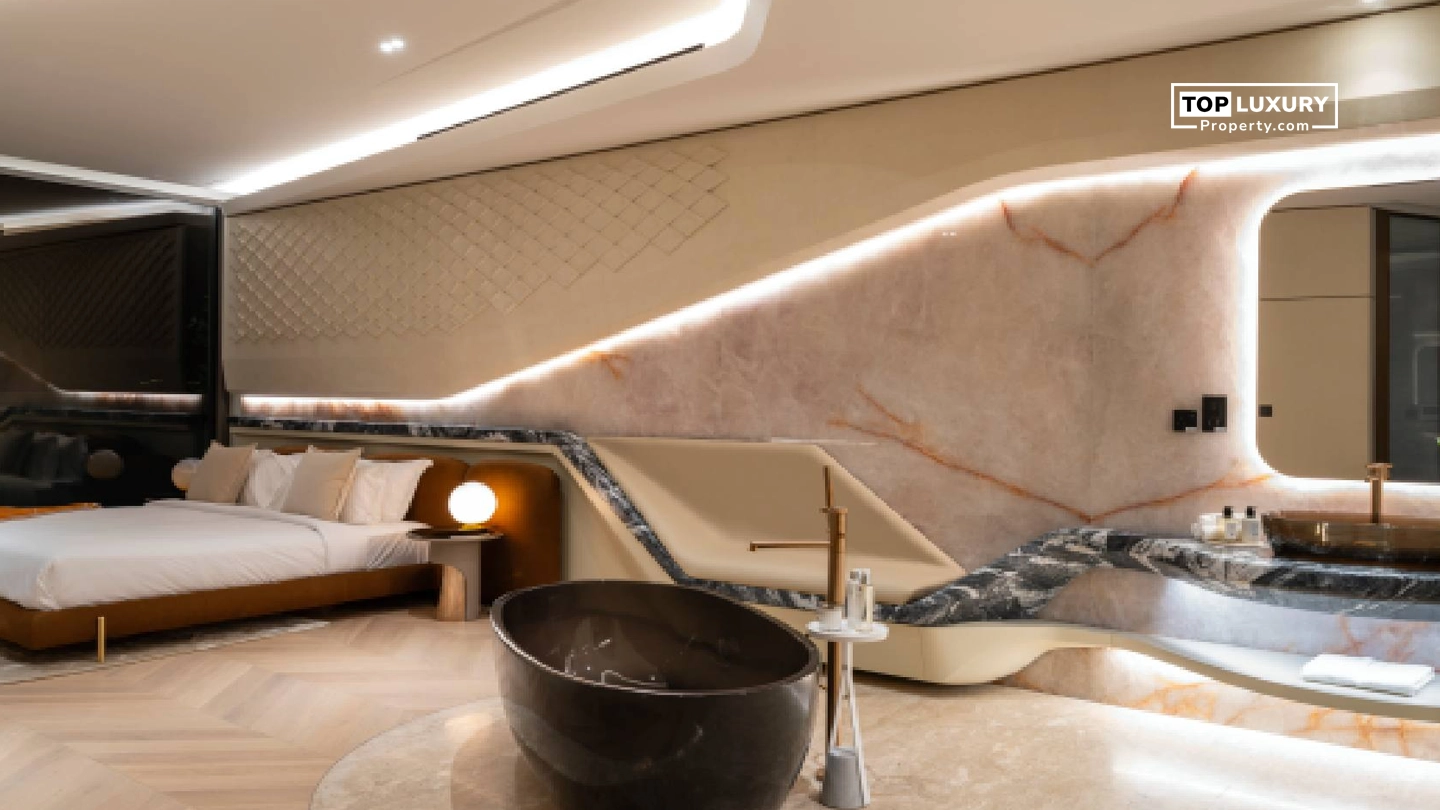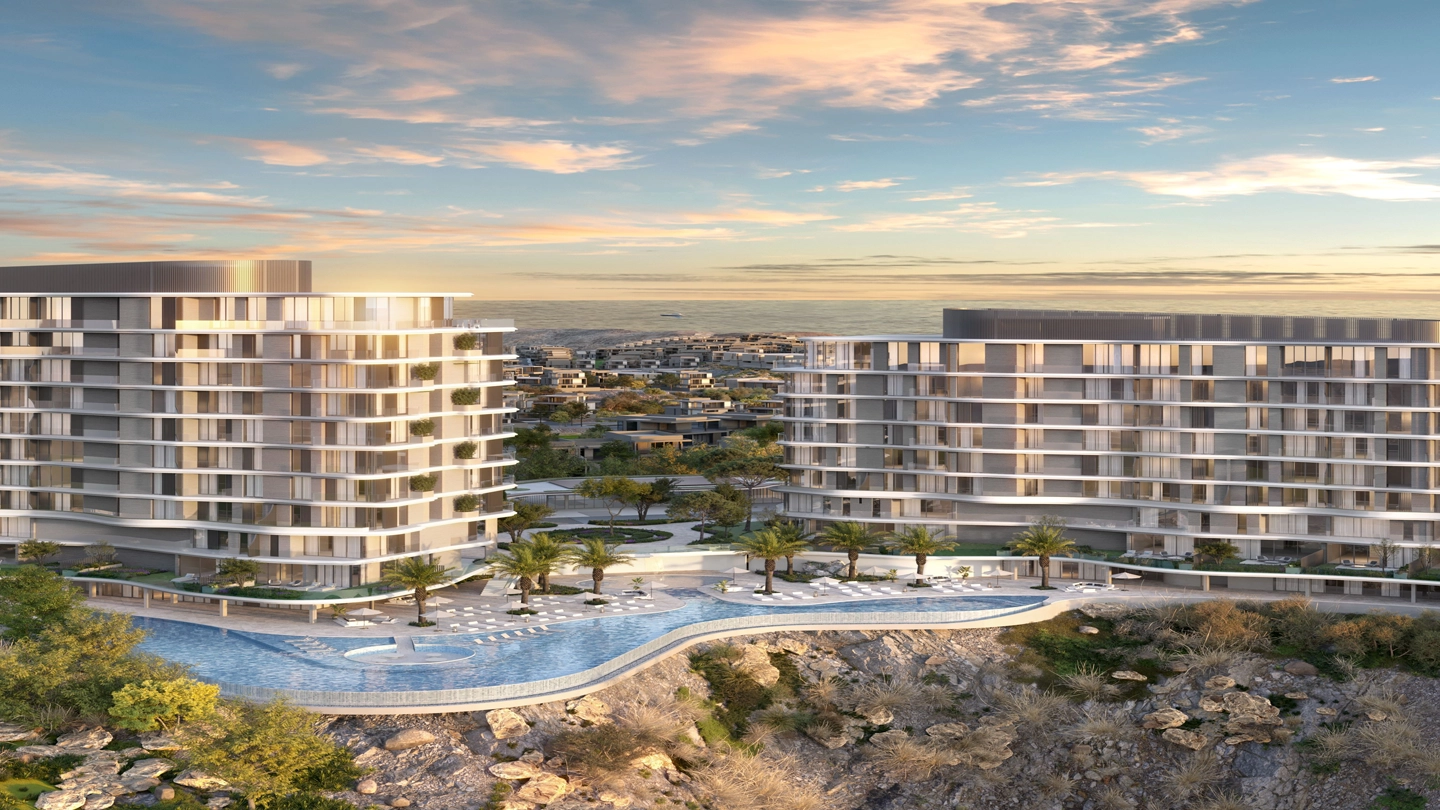Best House Orientation for Dubai’s Hot Climate
The case in Dubai is described by extreme desert climate where summers are very hot up to 40 C and reached 50.1 C in July, therefore, the orientation of a house is a key factor that determines its livability. The right orientation to the sun and the wind patterns can make a substantial difference in the way people feel thermally, in their dependency on artificial cooling and in natural lighting. Research indicates that the ideal house orientation in Dubai has the potential to reduce the annual cooling energy consumption by up to 23.6% which is both environmentally friendly and economically viable. As the city progresses towards the objectives of its 2040 Urban Master Plan, whose priority is sustainable construction and energy-efficient buildings, orientation has become a design strategy that should be mastered, rather than a detail. This blog will look at how to get the best house orientation in Dubai based on climate science, traditional construction, and contemporary building.
Understanding Dubai’s Climate and Its Impact on House Orientation
Dubai has a hot desert climate (Koppen BWh), with scorching summers and mild winters, and the constant presence of northwesterly Shamal winds. Temperatures in summer can exceed 45 C, and the daytime temperature in winter is about 24 C. The Shamal winds which blow between April and July at 30–50 km/h, are dust and sand carrying winds that affect the success of passive cooling and ventilation.
- Major Climate Facts: The summer highs surpass 50 C (2025 peak)
- Winter Nights: The night time temperature in winter falls to 12–15 C
- Prevailing Winds: Shamal prevails in summer
These extreme conditions are why home orientation is not only a matter of preference in design but also a functional requirement.
Why House Orientation Matters in a Desert Environment ?
Solar gain is a major concern in the desert environment in Dubai. East- and west-facing facades receive intense, low-angle sunlight that is harder to shade effectively, increasing cooling demands. North-facing orientations, however, provide soft daylight with minimal heat gain, while south-facing walls can be managed through proper shading.
| Orientation | Sun Exposure | Cooling Demand | Design Strategy |
|---|---|---|---|
| North | Low | Low | Large WWR, little shading |
| South | Moderate | Moderate | Overhangs & fins Use |
| East/West | High | High | Low WWR, vertical shading |
Maximizing Natural Light: Best Directions for Sun Exposure
A properly illuminated house enhances the well-being of the occupants and cuts down on the use of artificial lights. Daylight provided by north-facing facades in Dubai is glare-free. In contrast, east-facing windows get harsh morning sun, while west-facing ones suffer from intense afternoon heat.
- North-facing WWR: 34% maximum soft daylight
- East/West WWR: limited to 17–19% to control heat
- South-facing: 20–30%, paired with horizontal shading devices
Cooling Strategies: Orienting Your Home to Minimize Heat Gain
The liveability of a home in the context of Dubai can be determined by the thermal performance. Orienting homes to limit east and west exposure, while maximizing north and controlled south exposure, drastically lowers heat gain. Passive cooling methods such as thermal mass, shading systems, and reflective materials are used to ensure that the interior is comfortable.
- Shading Efficiency: East/West shading can reduce heat gain by up to 77%
- Temperature Control: Overhangs reduce indoor temperatures as much as 10 C
- Thermal Lag: Temperature fluctuations are minimized by the thermal lag (8–12 hours) of thick walls
- Stable Indoor Climate: The indoor climate is stabilized in the day–night cycle by rammed earth or high thermal mass materials
Wind Patterns in Dubai: How Orientation Affects Ventilation
The northwesterly Shamal winds that dominate Dubai can be used to passively ventilate the buildings. The wind towers (barjeel or malqaf) that are traditionally facing these winds improve the air circulation inside.
- Passive Cooling: The use of wind tower ventilation can cool the indoor temperature by 8 to 10 C
- Wind Angle: The most efficient buildings are~45 degrees to the wind
- Reduced Mechanical Load: Effective airflow lowers the mechanical cooling requirements
- Modern CFD Models: CFD models indicate that the optimized barjeel use can minimize the dependence on the HVAC in contemporary villas
Cultural Considerations: Aligning with Privacy and Tradition
The Emirati architectural traditions respect privacy, climate sensitivity, and introverted plans. The mashrabiya (decorative screens) and sahn (central courtyards) features allow the air to circulate and maintain cultural standards and this way one can understand the The Importance of Vastu in Architecture
- Privacy with Ventilation: Mashrabiya lets light and air, being at the same time a source of privacy
- Night Cooling: Night flushing is made possible by the existence of courtyards to cool the buildings at night.
- Inward Orientation: Facing rooms are inward to shield against strong sunshine
- Energy Performance: These features also minimize façade exposure to enhance energy performance
Energy Efficiency: Optimal Orientation for Lower Utility Bills
An examination of the Dubai dwellings discovered that the use of passive cooling methods along with the optimal home design as per Dubai climate would decrease the amount of energy used annually by almost 24%.
- Daylight Optimization: North-facing daylight day-spaces but not heat spaces
- Shading: South facades with shading devices
- Window Glazing: Windows made of low-e double or triple-glazing
- Compact Forms: Small shape factor (2.8–3.0) to reduce exposure of envelope
- Envelope Enhancements: Orientation to be complemented by roof insulation and reflective surfaces
Case Studies: Popular House Orientations in Dubai Neighborhoods
Projects like Solar Decathlon Middle East and the Zarouni House highlight the impact of smart orientation.
- Zarouni Design: Zarouni House uses east-facing barrel towers to capture NW and SW winds
- SDME Metrics: The best results of SDME prototypes were achieved with:
- Shape Factor: 2.8–2.9
- North WWR: ~34%
- East/West WWR: ~17–19%
- Eco-villas: Contemporary eco-villas in Al Barari and Sustainable City are reminiscent of the same design principles
Architectural Tips: Designing Windows and Shading for Ideal Orientation
Some tips on the design specific to orientation are as follows:
- North Facing: Full size windows (WWR up to 30%), little shading
- South-facing: Moderate windows (20–30%) + overhangs/fins
- East/West: Small WWR (\<20%) + vertical fins/louvers
- Glass: Low-e double/triple glazing
- Extras: Water features, wind towers and recessed windows
- Microclimate: Include courtyards or green buffers to adjust the climate
Comparing North, South, East, and West: Which Orientation Wins in Dubai?
The ideal home direction in Dubai is North facing. It provides the best daylight and low heat gain. South-facing homes are also effective with proper shading. East and west orientations should be minimized to reduce cooling costs.
- North: Most ideal to save on light and energy
- South: Good with strategic shading
- East/West: Least desirable; difficult to manage solar gain





_(2)_638647637563832478_820465_.webp)
